Description
Tricolour Pedilanthus Tithymaloides | Variegated Pink ‘Devil’s Backbone
Pedilanthus tithymaloides Variegated Pink, commonly known as “Devil’s Backbone,” is a popular ornamental plant that belongs to the Euphorbia family. It is native to tropical regions of Central and South America but is also commonly grown as a houseplant in other parts of the world.
The plant is characterized by its unique zigzagging stems, which resemble a “devil’s backbone.” It has glossy, fleshy, variegated leaves that are oval or lance-shaped, with pink or cream-colored margins. The plant can grow up to 3 feet tall and may produce small greenish-yellow flowers in the spring and summer.
Pedilanthus tithymaloides Variegated Pink is a relatively easy plant to care for. It prefers bright, indirect light and well-draining soil. Watering should be done moderately, allowing the soil to dry out slightly between waterings. The plant is sensitive to cold temperatures and should be kept in a warm and humid environment. It can be propagated through stem cuttings, which should be taken in the spring or summer.
The plant is not toxic to humans, but its sap can cause skin irritation and is toxic to pets if ingested. It is important to handle the plant with care and keep it out of reach of children and pets.
How to care Variegated Pink ‘Devil’s Backbone
- Light: The plant prefers bright, indirect light. It is best to place the plant near a window that receives bright but filtered light.
- Watering: The plant prefers moderate watering. Allow the top inch of soil to dry out before watering.
- Humidity: The plant enjoys a humid environment. You can increase the humidity by placing a tray of water near the plant.
- Temperature: The plant prefers warm temperatures between 60°F and 80°F (15°C and 27°C).
- Soil: The plant prefers well-draining soil. You can use a mixture of potting soil, sand, and perlite to ensure good drainage.
- Fertilizer: You can fertilize the plant once a month during the growing season (spring and summer) with a balanced, water-soluble fertilizer.
- Pruning: The plant can be pruned to maintain its shape and encourage bushier growth.
- Propagation: The plant can be propagated by stem cuttings. Take a cutting in the spring or summer, and let it dry for a day or two before planting it in a pot with well-draining soil.
Remember to wear gloves when handling Pedilanthus plant, as its sap can cause skin irritation. Also, keep the plant out of reach of children and pets, as its sap is toxic if ingested.

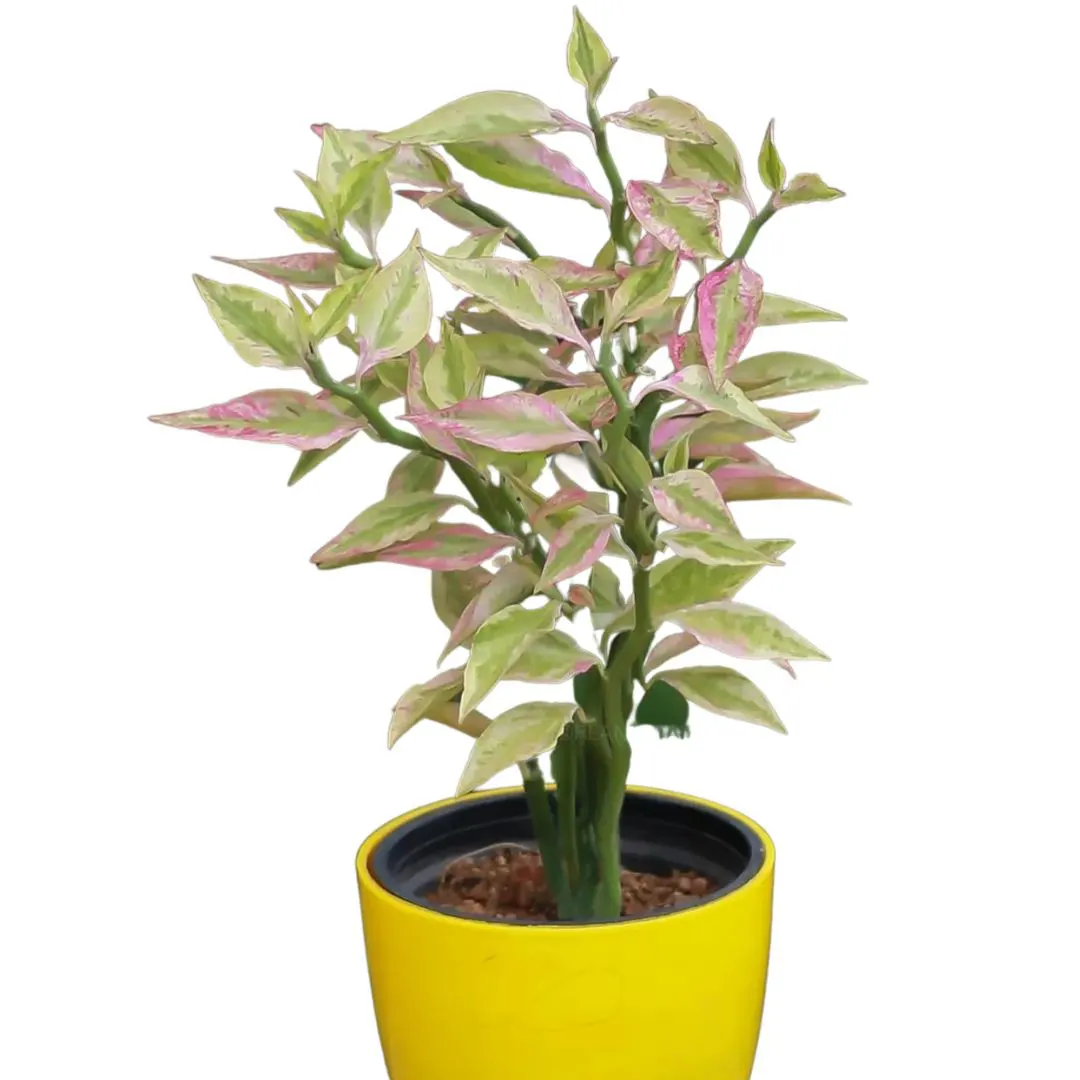
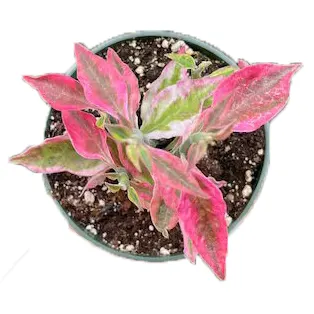
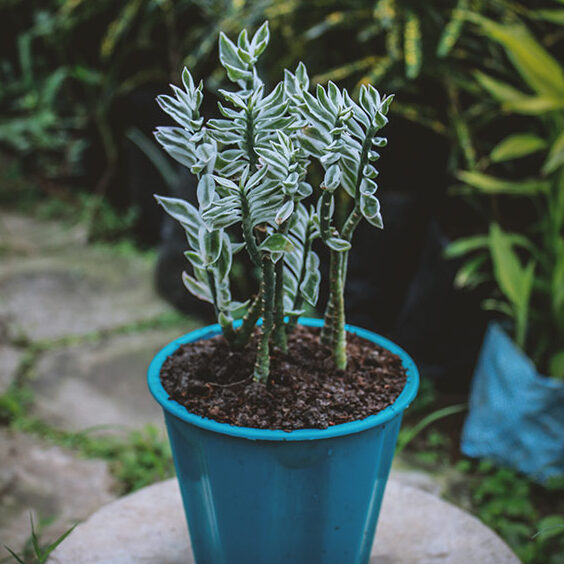
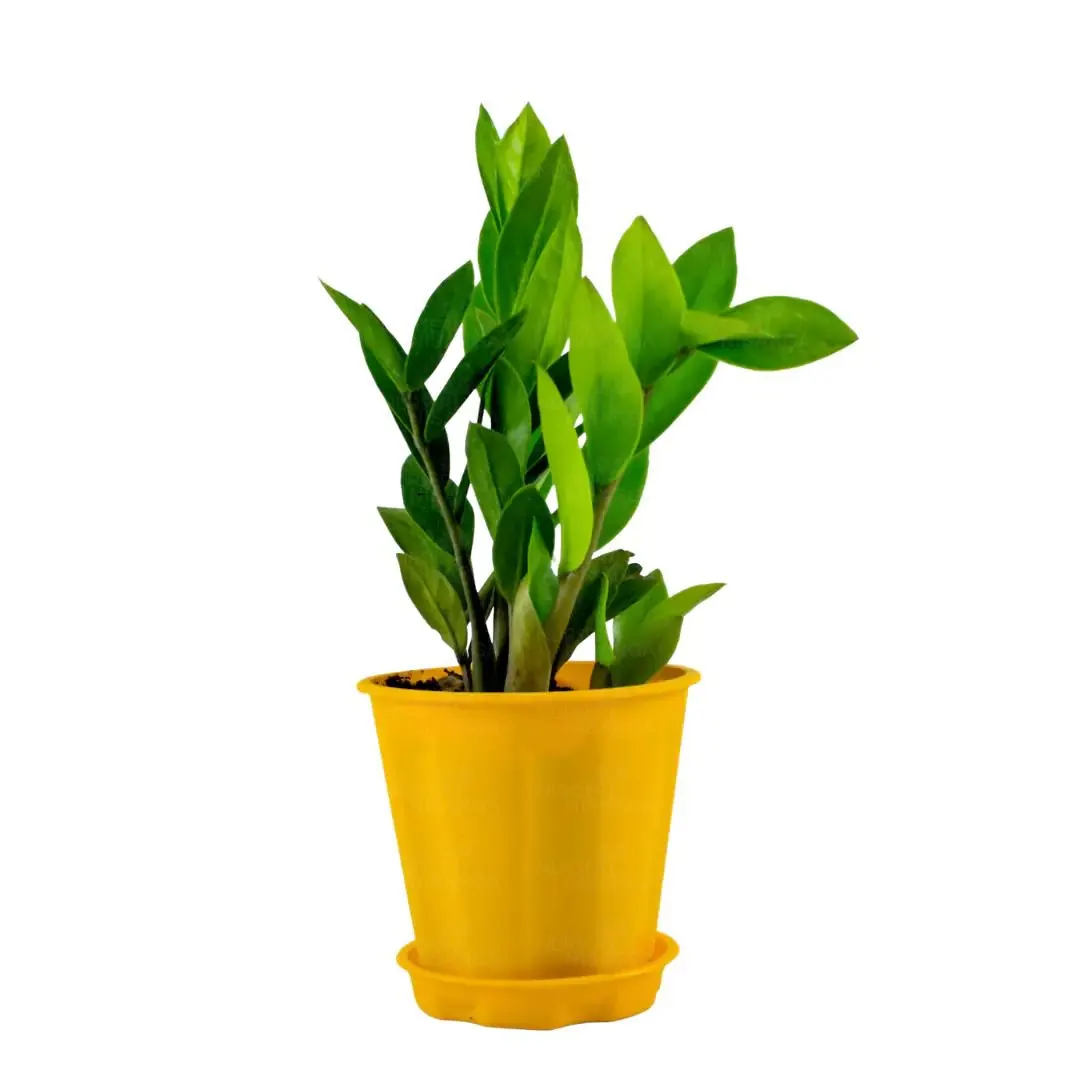
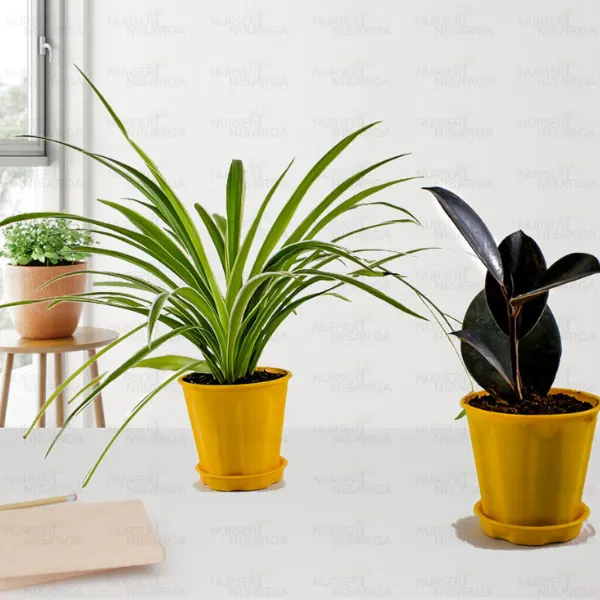
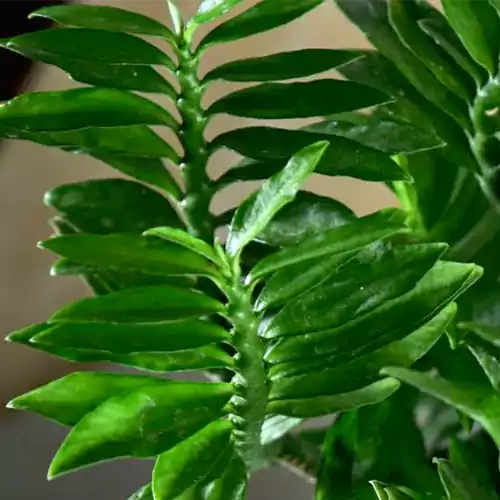

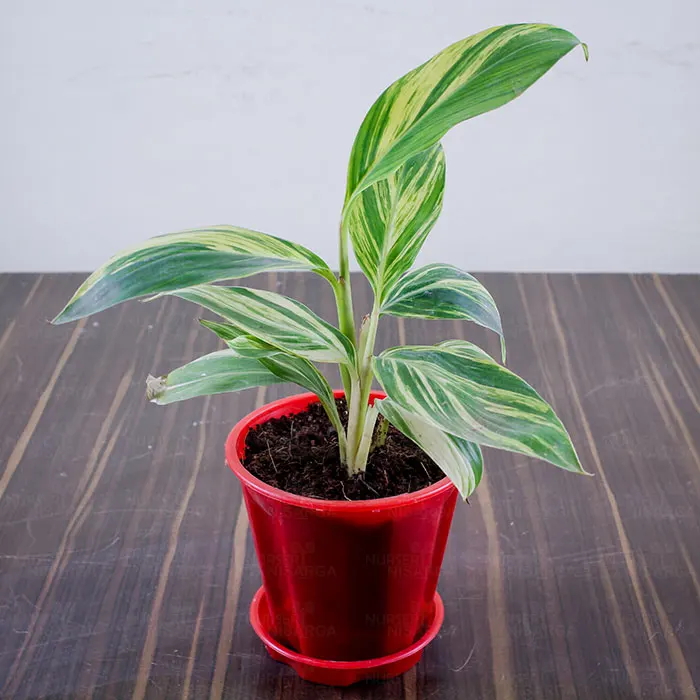
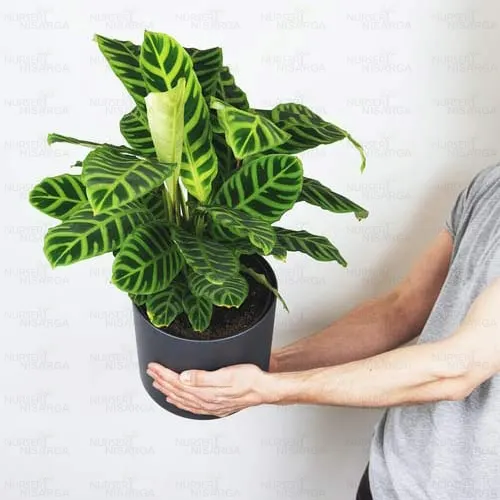
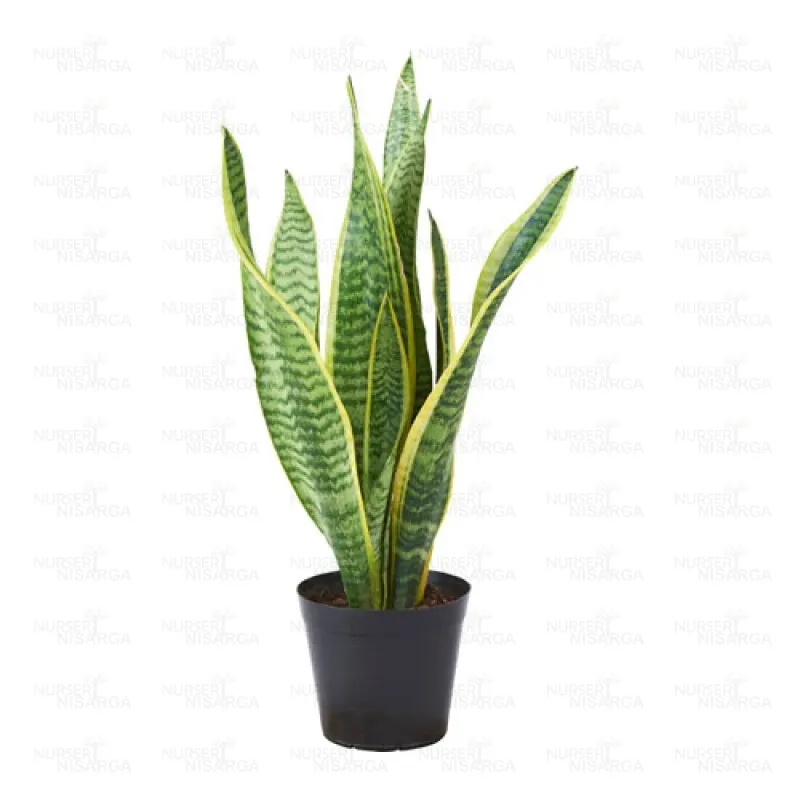
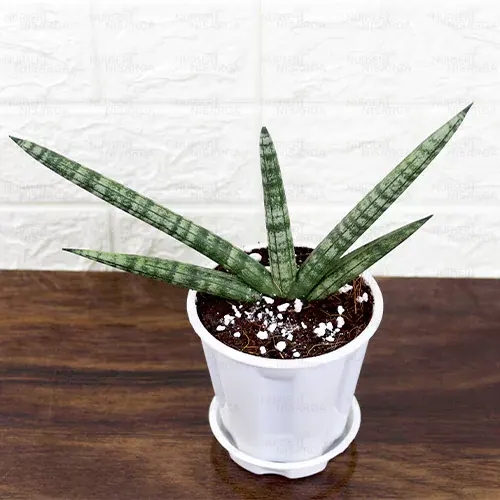

Reviews
There are no reviews yet.